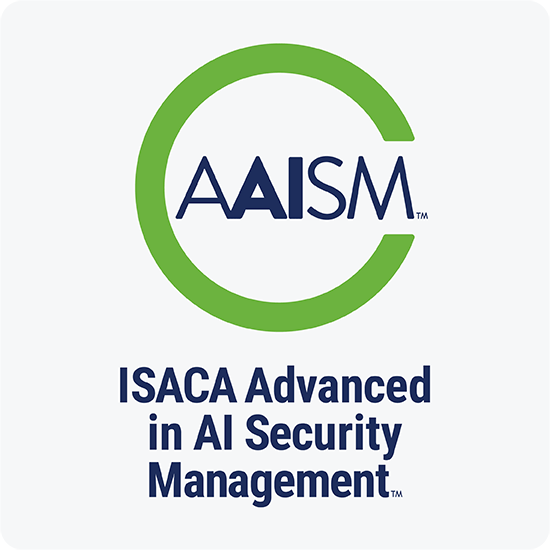



Editor’s note:The following is an excerpt from ISACA’s Integrating AI into Security Programs: A Step-by-Step Guide, featuring the expertise of AI strategist Meghan Maneval.
Before diving into AI, security leaders must align their initiatives with clear business objectives and a well-defined problem. You can’t go into it with an “AI for the sake of AI” mindset. Too often, security managers will seek out the latest or coolest technology. AI is no exception. But you can’t start with a tool. You must start with a problem to solve.
Let’s say your company is looking to expand into a new market next year. Looking at your current security processes, how can AI help you reduce the risk associated with this initiative and support company success in this new market?
It’s important to consider how regulatory expectations, such as GDPR, CCPA, and the EU AI Act, may influence or constrain your AI vision. Aligning with these frameworks early ensures that your objectives are both practical and compliant, and you aren’t hit with a major fine post-deployment. If you don’t already have one, begin by developing an AI policy. This policy should articulate the business vision for AI, define roles and responsibilities, and outline acceptable use criteria. It serves as the foundational guide for aligning AI initiatives with strategic goals, risk appetite, and regulatory requirements.
In short: don’t buy a shiny object before you know what problem it’s solving.
Assemble a cross-functional team for alignment and accountability
Integrating AI into your security program is too complex to achieve in a silo. That’s why it is so important to identify the stakeholders across the organization who need to be included in ongoing AI-related discussions.
It’s less about titles and departments, and more about having the proper representation at the table from the start. The most effective approach is to form a standing AI Governance Committee with representation from each business unit. Not every AI project will impact every stakeholder, but having visibility across initiatives ensures teams can identify early when they are affected and prepare accordingly.
This committee doesn’t need to be large, but it does need to be representative of the organization’s structure. Each member acts as a liaison, bringing context from their area to the planning process. They are responsible for assessing the impact of the AI initiative on their workflows and “raising the red flag” if needed. That way, AI isn’t something handed down after the fact; it’s something built in from the start.
See what steps come next in integrating AI into your security program by downloading the full resource here.
